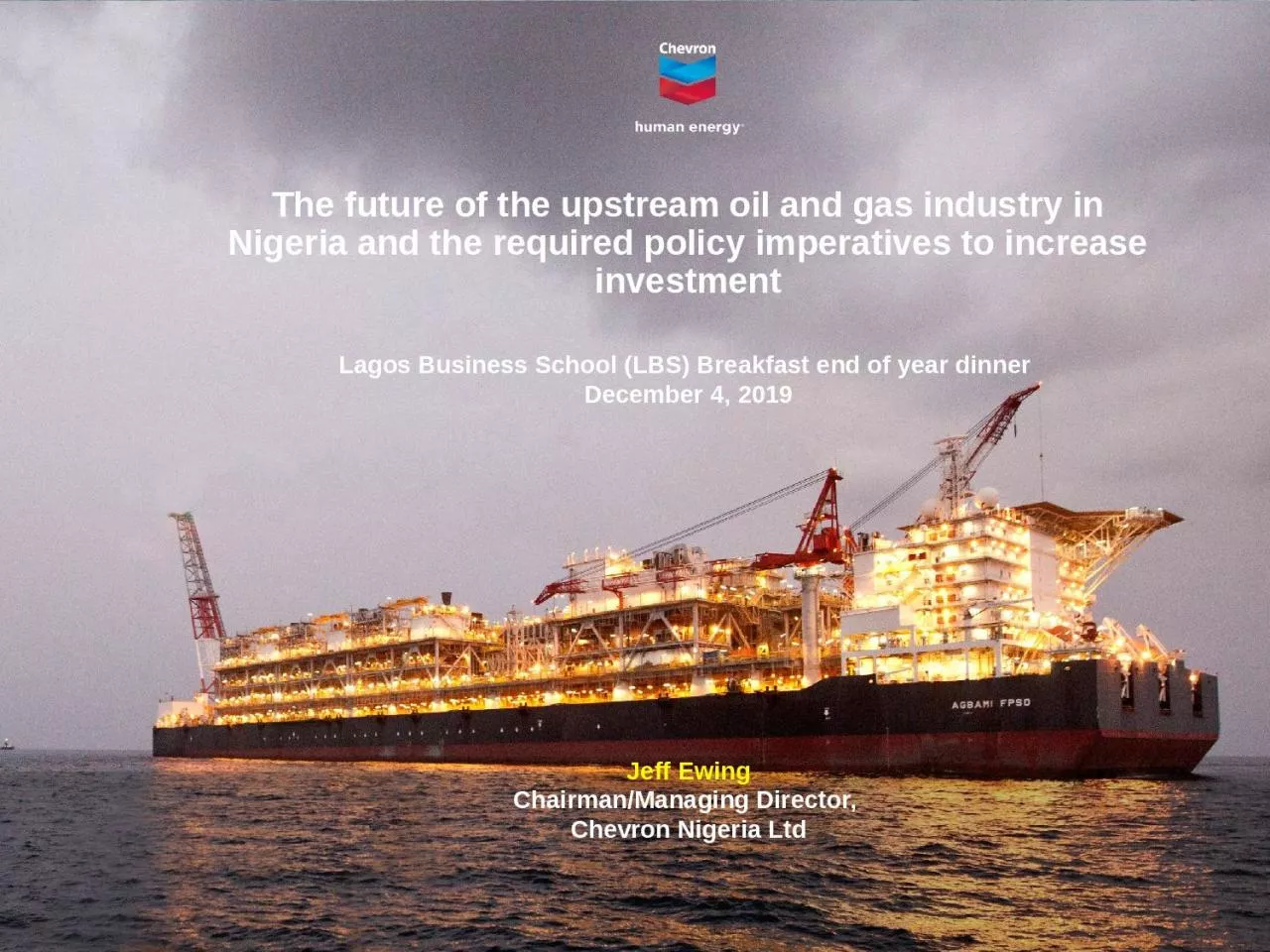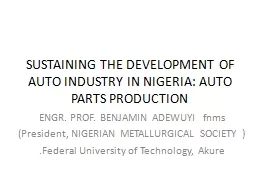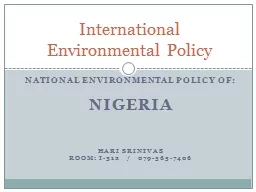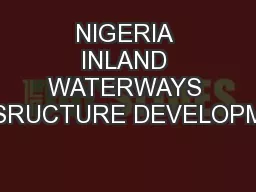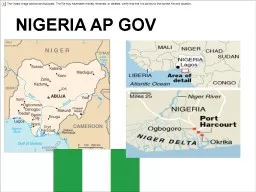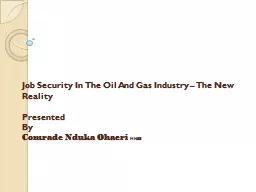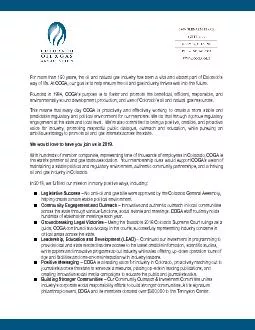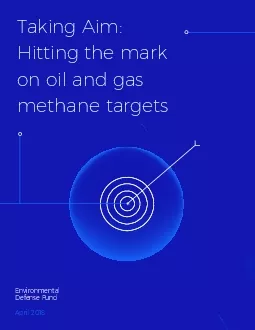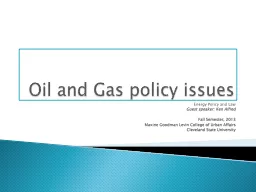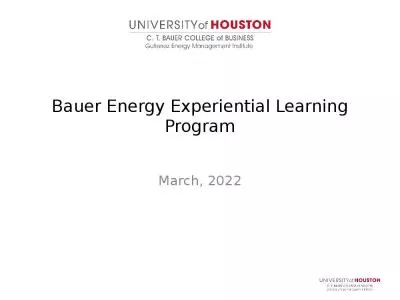PPT-The Future of the Upstream Oil and Gas Industry in Nigeria and the required Policy Imperatives
Author : freya | Published Date : 2023-10-04
Lagos Business School LBS Breakfast End of year Dinner Oriental Hotel Lekki Lagos Nigeria December 4 2019 Jeff Ewing ChairmanManaging Director Chevron Nigeria
Presentation Embed Code
Download Presentation
Download Presentation The PPT/PDF document "The Future of the Upstream Oil and Gas I..." is the property of its rightful owner. Permission is granted to download and print the materials on this website for personal, non-commercial use only, and to display it on your personal computer provided you do not modify the materials and that you retain all copyright notices contained in the materials. By downloading content from our website, you accept the terms of this agreement.
The Future of the Upstream Oil and Gas Industry in Nigeria and the required Policy Imperatives: Transcript
Download Rules Of Document
"The Future of the Upstream Oil and Gas Industry in Nigeria and the required Policy Imperatives"The content belongs to its owner. You may download and print it for personal use, without modification, and keep all copyright notices. By downloading, you agree to these terms.
Related Documents

